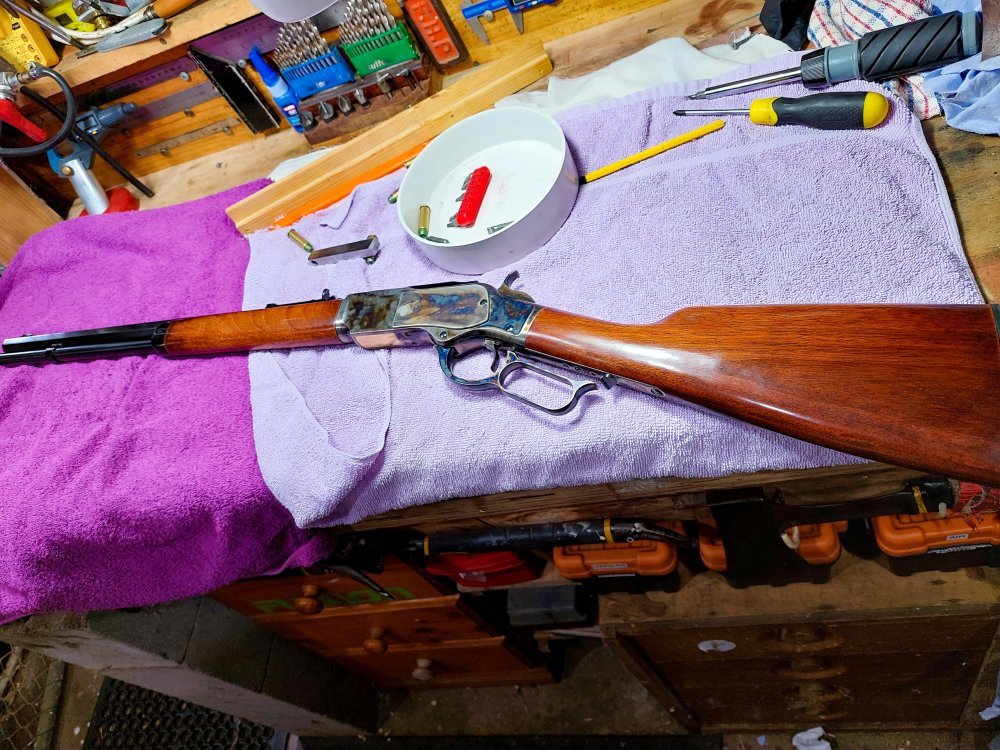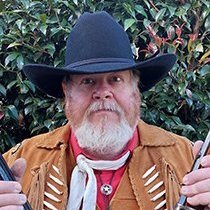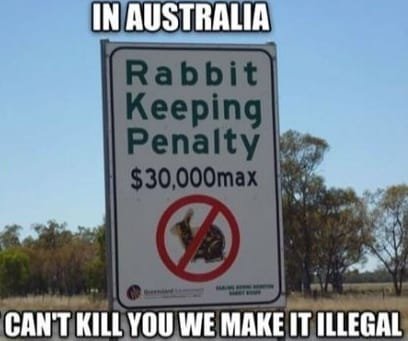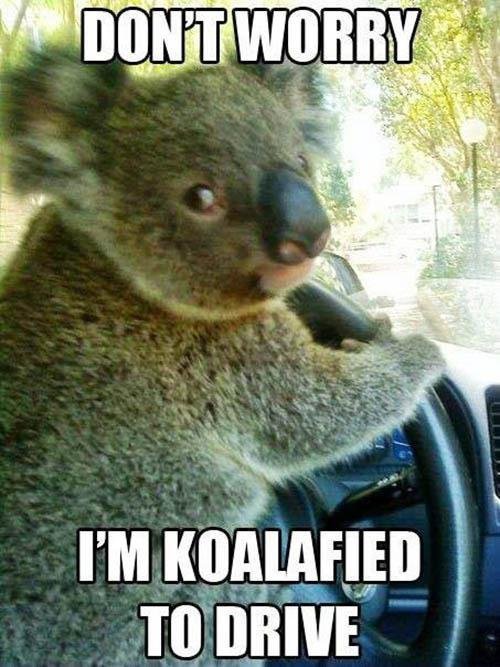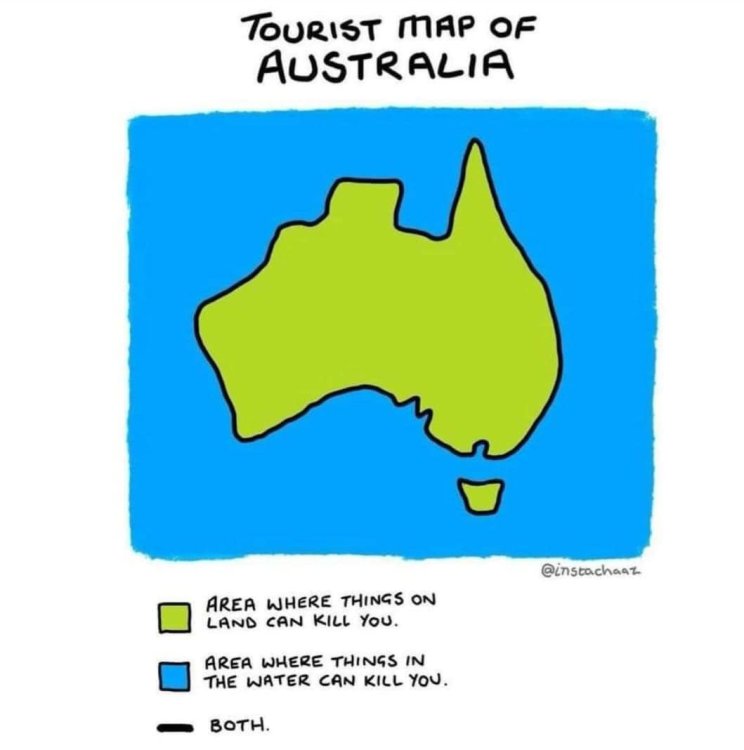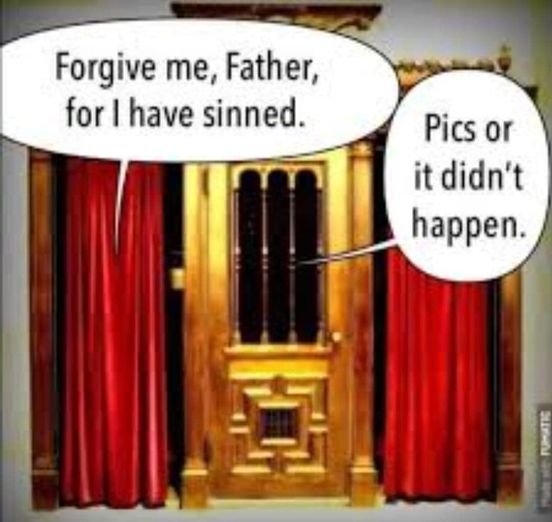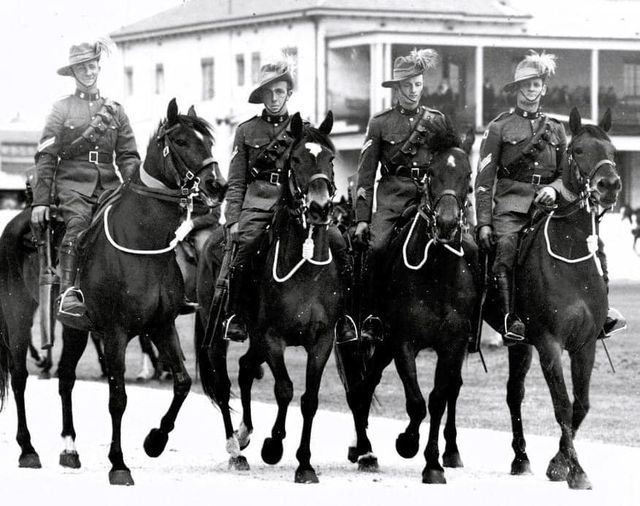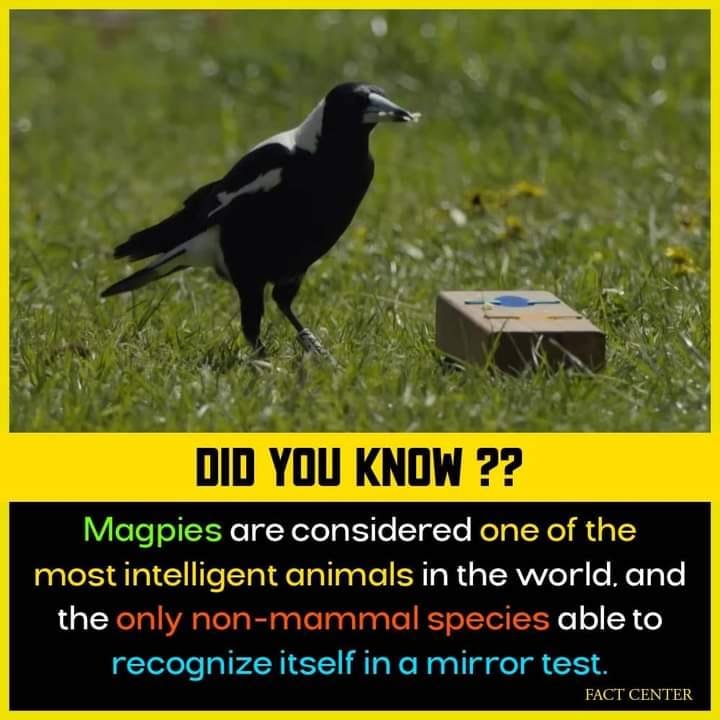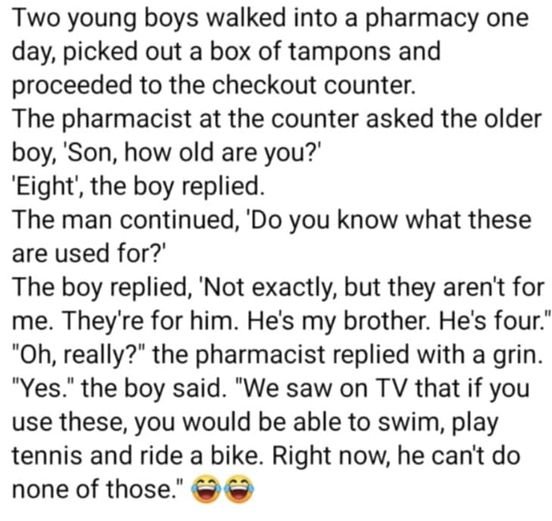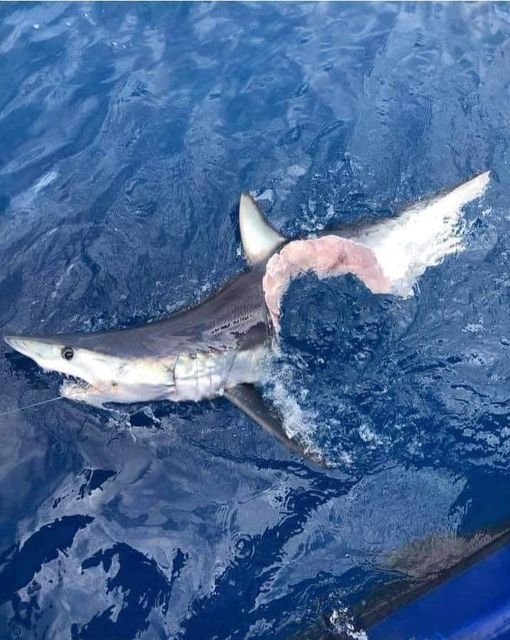Little Digger -
From the devastation of war comes a story of love, hope and compassion.
It is the story of the unexpected friendship between Private Timothy Tovell and a boy named Honore.
On Christmas Day 1918, the men of the Australian Flying Corps No. 4 Squadron sat down to eat a delicious lunch in the airmen's mess at Bickendorf Air Base in Germany.
Just as they were about to start their meal, in walked a small, young French boy, clearly cold and hungry, and their lives changed forever.
The boy, Honore, had spent almost 4 years struggling to survive behind the Western Front battlefields. He was unable to recall his age or where he came from.
He told the Australians that his father, a French soldier, was killed during the first week of war. Soon after, his mother died in a bombardment.
Honore had been rescued by a British artillery officer who was later killed, leaving Honore injured and once more alone.
Taken to a military hospital to recover, Honore was soon discharged and travelled back to the forward area, where he found another British unit.
It was with this unit that he travelled to Bickendorf and met the Australians.
The men of No. 4 Squadron took the little boy under their wing, nicknaming him 'Little Digger' or 'Digger'.
They looked after him, ensuring he was fed and clothed.
Little Digger quickly became a member of the squadron and was bestowed the title of acting corporal.
He spent time boxing, catching rats and hitching rides on planes.
He shared jokes with the men and soon found himself a new home.
One particular man, Timothy Tovell, became Little Digger's unofficial carer.
He was a husband and father who felt an intense need to protect the young French boy.
Timothy gave him the name Henri, and the two became inseparable.
Later, news came that the squadron was scheduled to return to Australia.
Timothy was determined to take Henri home with him.
In a letter to his wife Gertrude, he stated that he didn't think one extra in the family would make that much difference.
The French and British authorities were not pleased with this idea and wanted Henri to be placed in an orphanage.
Timothy was determined to keep Henri safe, so he hatched a plan to smuggle the small French boy back to Australia with him.
The day of departure arrived, and little Henri was placed inside an empty oat bag.
Remaining secretly on board the troopship, Henri successfully arrived in England.
On 6 May 1919, bound for Australia, Henri was again concealed from the authorities, this time in a basket of sporting equipment. He remained hidden until the ship was too far out to sea to be turned around.
During the journey home, it was discovered that the Premier of Queensland, Tom Ryan, was a passenger onboard the ship.
After hearing Henri's story and his friendship with Timothy, the Premier organised the relevant paperwork for Henri to enter Australia.
Together, Timothy and Henri travelled to the Tovell family home in Jandowae, Queensland, where Henri became a much-loved and valued family member.
In 1926, Henri relocated to Melbourne to join the Royal Australian Air Force (RAAF).
However, on 23 May 1928, tragedy struck.
Henri was involved in a motor vehicle accident when his motorbike collided with a taxi.
He died the following day.
In recognition of his determination, Henri was buried with military honours at Fawkner Cemetery in Melbourne.
Image: French orphan Henri Heremene with Australian soldier Tim Tovell holding an oat sack similar to the one used to smuggle Henri out of France. Hurdcott, United Kingdom, c 8 to 9 March 1919.
